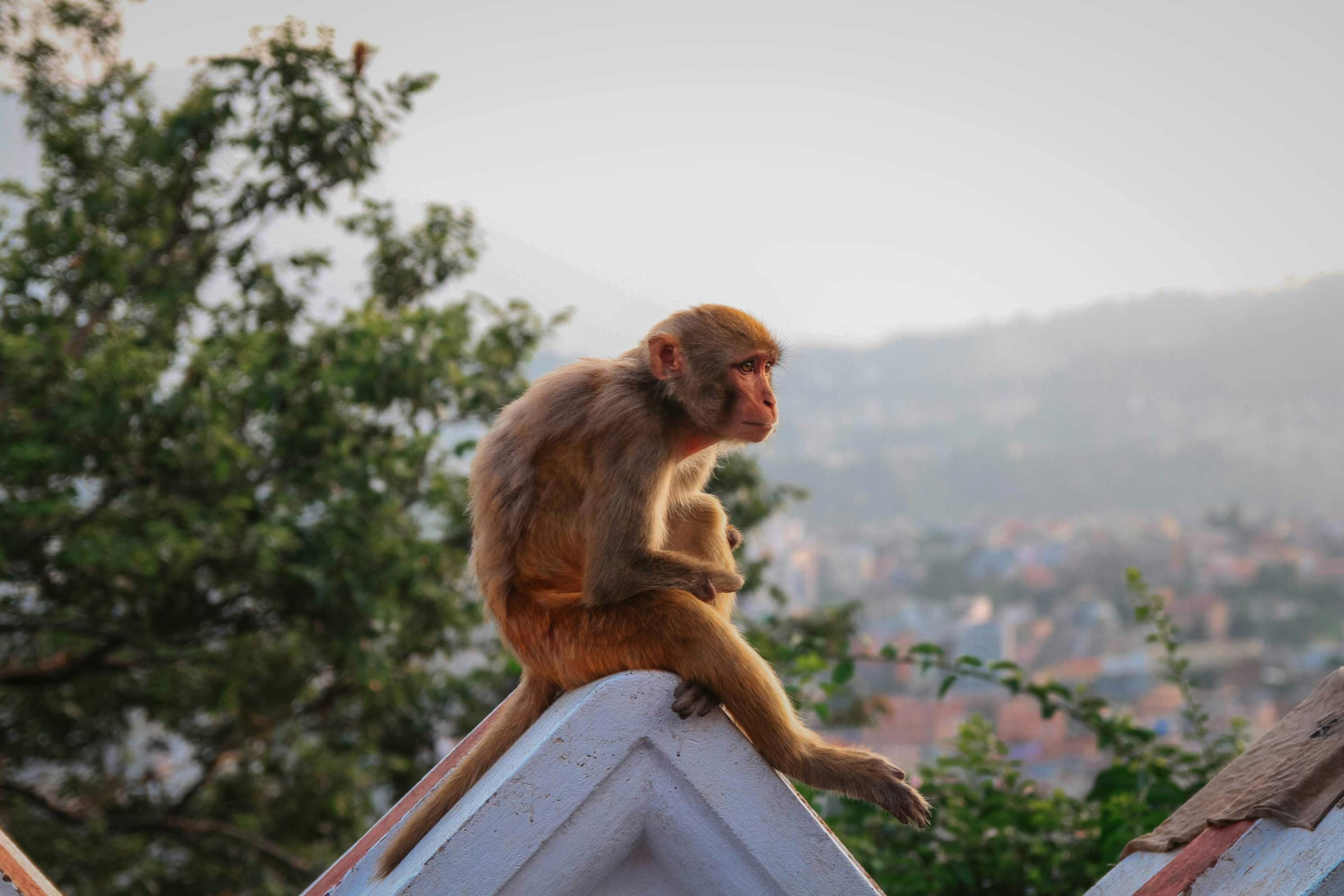
Guardians of the Wild: Protecting America’s Living Heritage
From the towering forests of the Pacific Northwest to the swamps of the Southeast and the vast prairies of the heartland, America’s wildlife is woven deeply into our national identity. Yet today, many of those species, habitats, and ecological systems face grave threats. As we reflect on the roles we play - as citizens, stewards, and advocates - this is a moment to reckon with both the challenges and the triumphs of wildlife conservation in the U.S.
Wildlife conservation is more than just an environmental issue; it’s a reflection of our values, responsibilities, and the legacy we leave for future generations. Understanding its importance starts with recognizing the intricate connections between species, habitats, and human society.
Why Conservation Matters
Preserving wildlife isn’t just sentimental - it’s essential. Healthy ecosystems provide services we rely on every day: clean air and water, fertile soil, natural pest control, and even buffers against disease. These systems are the foundation of agriculture, public health, and economic stability in many regions.
Pollinators, predators, and prey all play key roles in maintaining ecological balance. Biodiversity helps nature adapt to changes in climate, disease, and habitat. And beyond the science, wildlife is part of who we are. It’s in our stories, traditions, and sense of wonder. When we lose a species or degrade a habitat, the loss echoes far beyond that one moment.
Core Tools and Institutions of U.S. Wildlife Conservation
The Endangered Species Act (ESA)
Since 1973, the Endangered Species Act has been the backbone of U.S. conservation efforts. It requires identifying at-risk species, protecting their habitats, and creating recovery plans. Thanks to the ESA, species like the bald eagle and humpback whale have made incredible comebacks1.
That said, the ESA faces challenges. It can be slow to implement, and its effectiveness often depends on funding and political will. However, it remains a critical tool in the fight to protect biodiversity, and its framework continues to set a global example for species protection.
The U.S. Fish and Wildlife Service and National Wildlife Refuges
The U.S. Fish and Wildlife Service (FWS) leads federal efforts to conserve wildlife and their habitats. It manages over 560 national wildlife refuges and oversees recovery programs, habitat restoration, and enforcement efforts2.
However, the system is under stress. Budget constraints and staffing shortages make it hard to monitor species, enforce protections, and manage lands effectively. These limitations can significantly slow progress on the ground, even when strong strategies are in place.
Other Federal Agencies and Key Partners
The Bureau of Land Management (BLM) oversees vast stretches of public lands, particularly in the western U.S., and plays a crucial role in habitat protection3. Meanwhile, the National Fish and Wildlife Foundation (NFWF) brings together public and private funding to support conservation efforts across the country4.
State agencies and local nonprofits are equally vital. From restoring prairies to building wildlife corridors, these groups bring energy, innovation, and on-the-ground expertise. Together, they form a layered and collaborative system of protection that reaches from national policies to community-level action.
Conservation Legislation and Policy Initiatives
Legislative action is another powerful tool in wildlife conservation. One promising proposal is the Recovering America’s Wildlife Act (RAWA), which would channel funding to species most in need, as identified by state wildlife agencies. Though it passed the House, it has yet to become law5.
Other important laws include the Lacey Act and the Fish and Wildlife Coordination Act. The Lacey Act regulates wildlife trade and combats trafficking6, while the Coordination Act ensures that wildlife considerations are integrated into water development projects7. These laws, while sometimes overlooked, remain vital to the broader conservation framework.
Current Challenges and Threats
Even with strong laws and committed agencie
Read-Only
$3.99/month
- ✓ Unlimited article access
- ✓ Profile setup & commenting
- ✓ Newsletter
Essential
$6.99/month
- ✓ All Read-Only features
- ✓ Connect with subscribers
- ✓ Private messaging
- ✓ Access to CityGov AI
- ✓ 5 submissions, 2 publications
Premium
$9.99/month
- ✓ All Essential features
- 3 publications
- ✓ Library function access
- ✓ Spotlight feature
- ✓ Expert verification
- ✓ Early access to new features
More from 2 Topics
Explore related articles on similar topics





